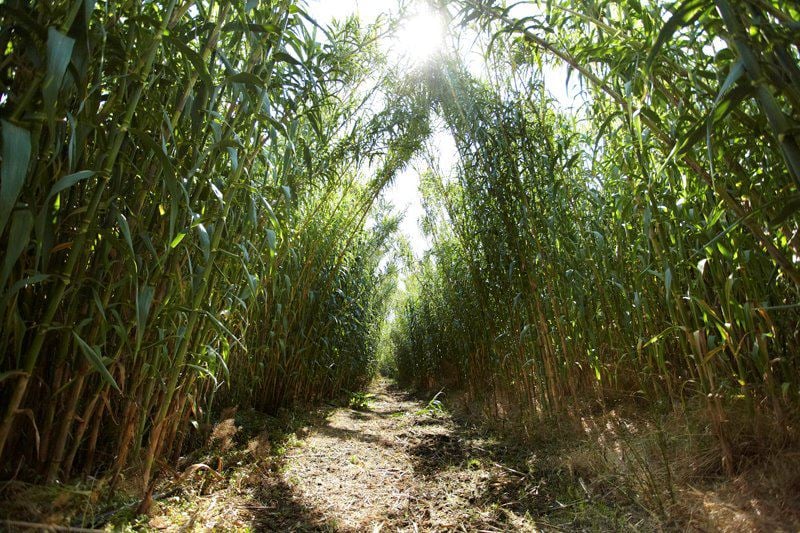The manufacture of reeds
Published : 2015-05-04 16:05:21
Categories :

The reed making industry began at the end of the 18th century. Previously, each clarinettist made his reeds by hand with more or less skill. In 1885 Henri Selmer founded his manufactory, followed by Eugène Van Doren in 1905 who was then soloist for clarinet Eb at the Paris Opera. Endowed with a very great ability in the art of reed making, he made his colleagues envious of his superb sound
Selection of the reed and preparation of the cane to make reeds.

The reed used for the manufacture of reeds, has the Latin name "arundo donax", i. e. cane from Provence.
It is in the Var, on tens of hectares, that the best plantations in the world are located, thanks to the quality of the soil and the Mediterranean climate, as well as a delicate maintenance.
The rhizomes of this plant develop their roots each year, in length, to create new canes.
It takes two years for the cane to mature, both in terms of height and thickness of the wood.
 The reed is harvested during the first frosts: thousands of selected canes are cut each day, at their base, with great care, then cleaned from their leaves.
The reed is harvested during the first frosts: thousands of selected canes are cut each day, at their base, with great care, then cleaned from their leaves.
 Then comes a long period of drying, natural, in the sun, where each cane is regularly turned over. It is at this stage that some take on a few colours, or brown spots.
Then comes a long period of drying, natural, in the sun, where each cane is regularly turned over. It is at this stage that some take on a few colours, or brown spots.
Lengthening the reeds


Each cane is then sawn between each knot into small tubes, then calibrated to determine, according to the thickness, the category for which it is intended: small clarinet, Bb clarinet, or bass, or alto saxophone, baritone, etc
Diamond tabletops


A perfectly flat part, called a wafer, is cut with a diamond tablet, which is then polished and cut into a slightly conical shape.
The bark is also scraped off
Bevelling and finishing of reeds
A beveller cuts with infinite precision (to the hundredth of a millimetre) each reed, at its sides, heart, and tip
Determination of the strength and calibration of the reed

It is more and more by an electronic system that each reed is finally classified by force, according to many criteria, to be finally put in a case, and finally ready to be played!
